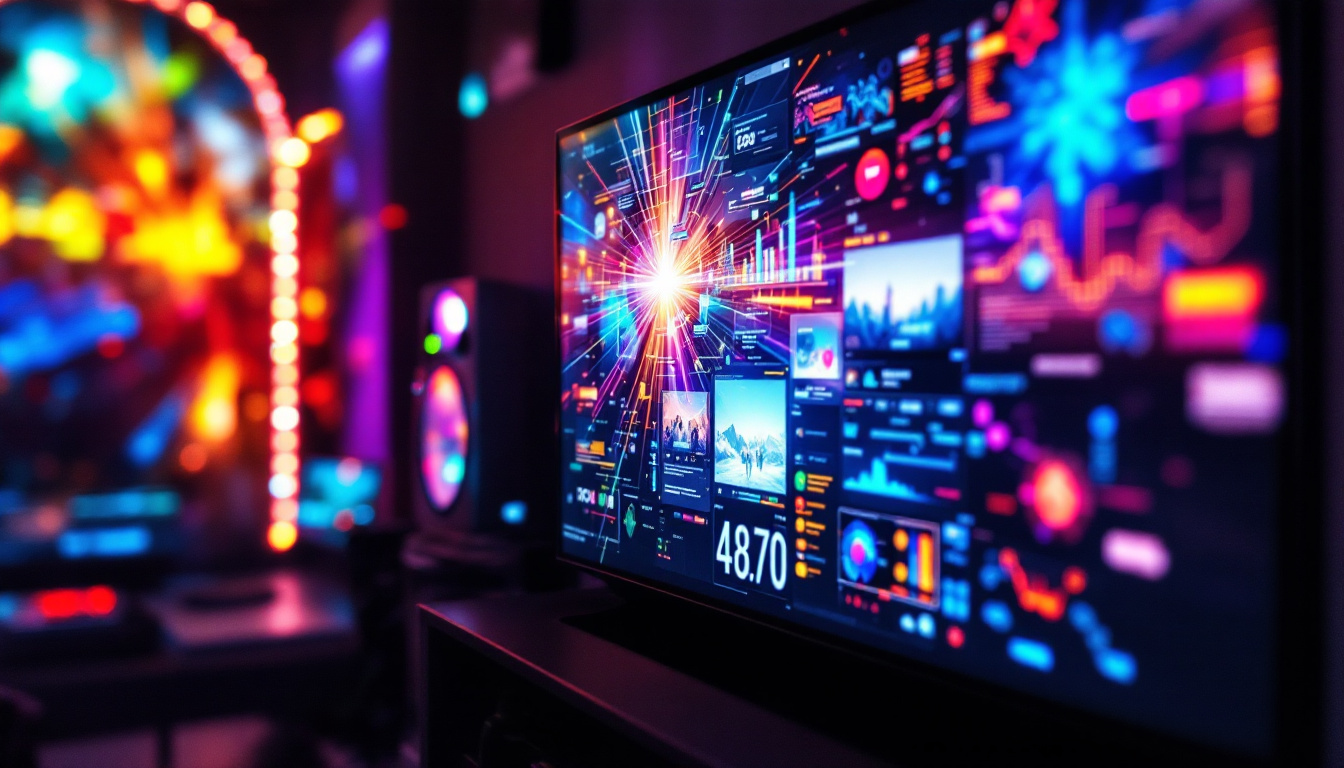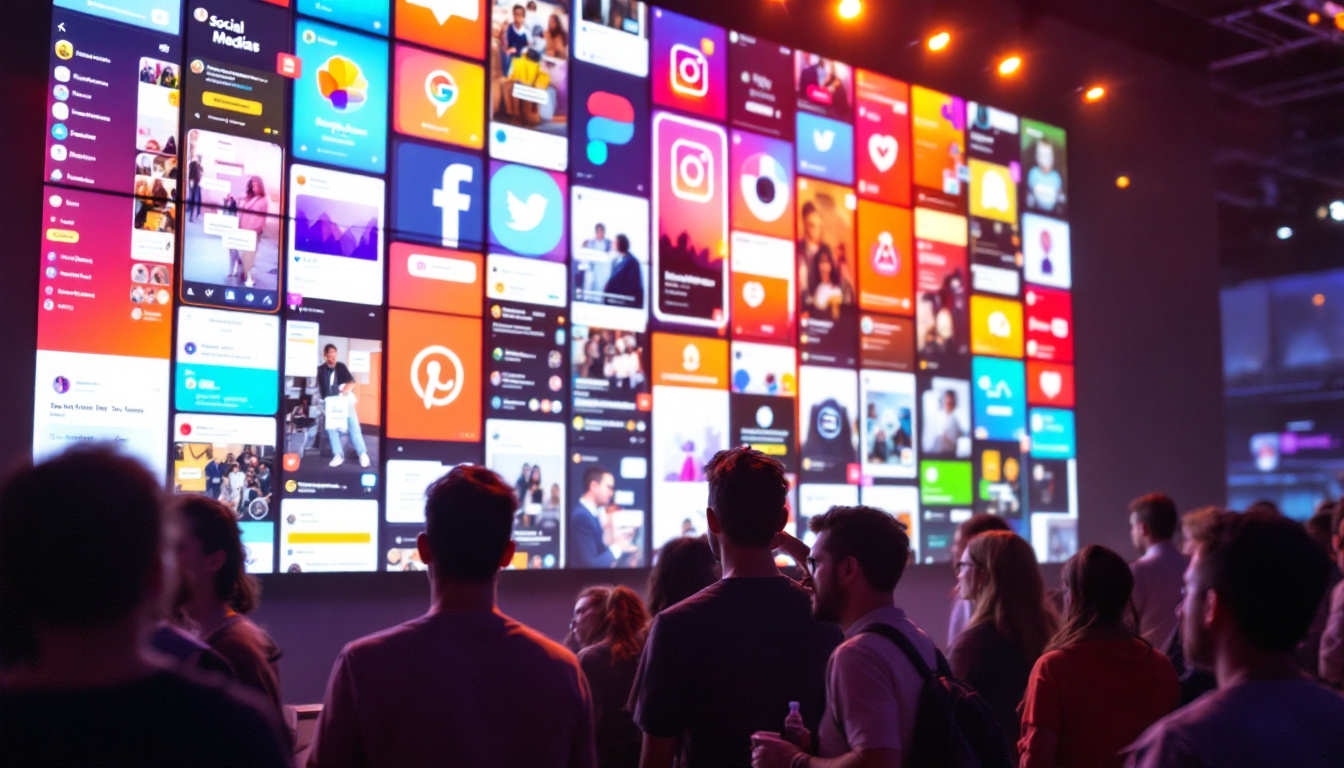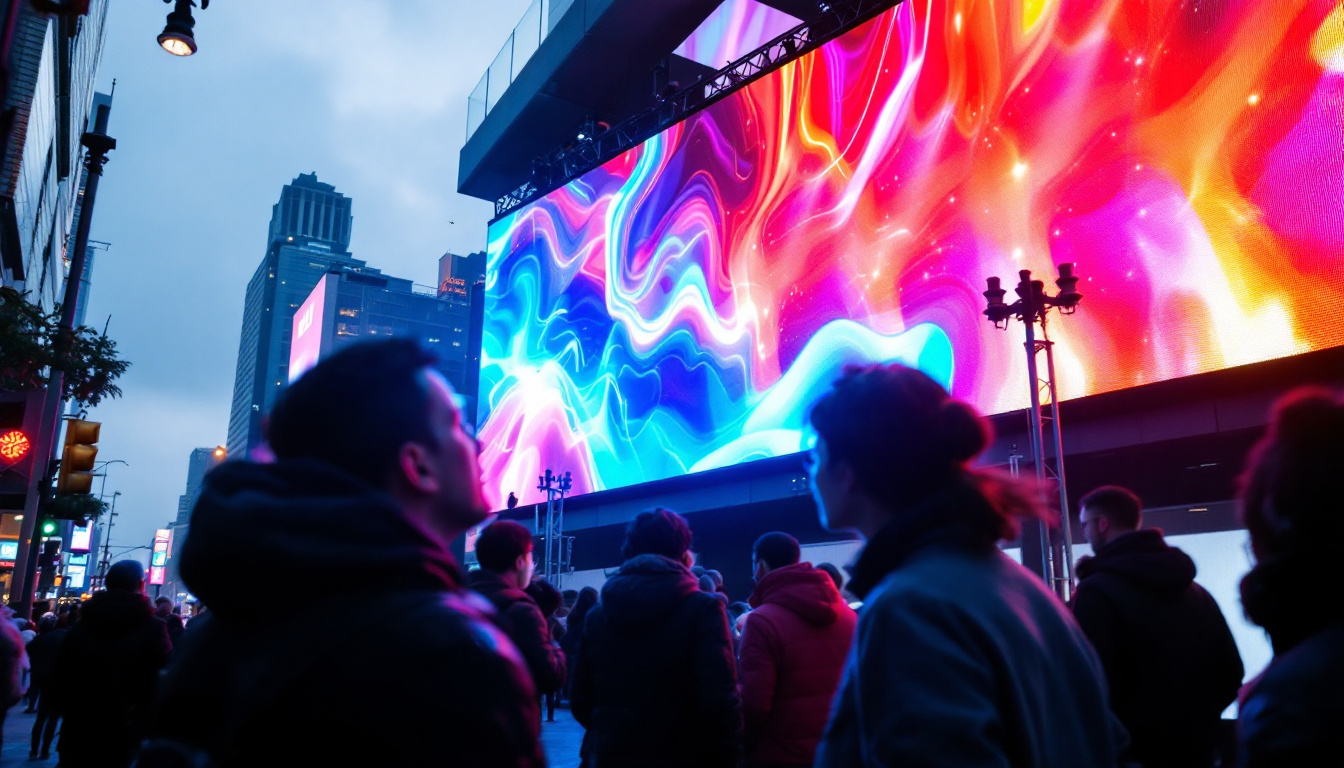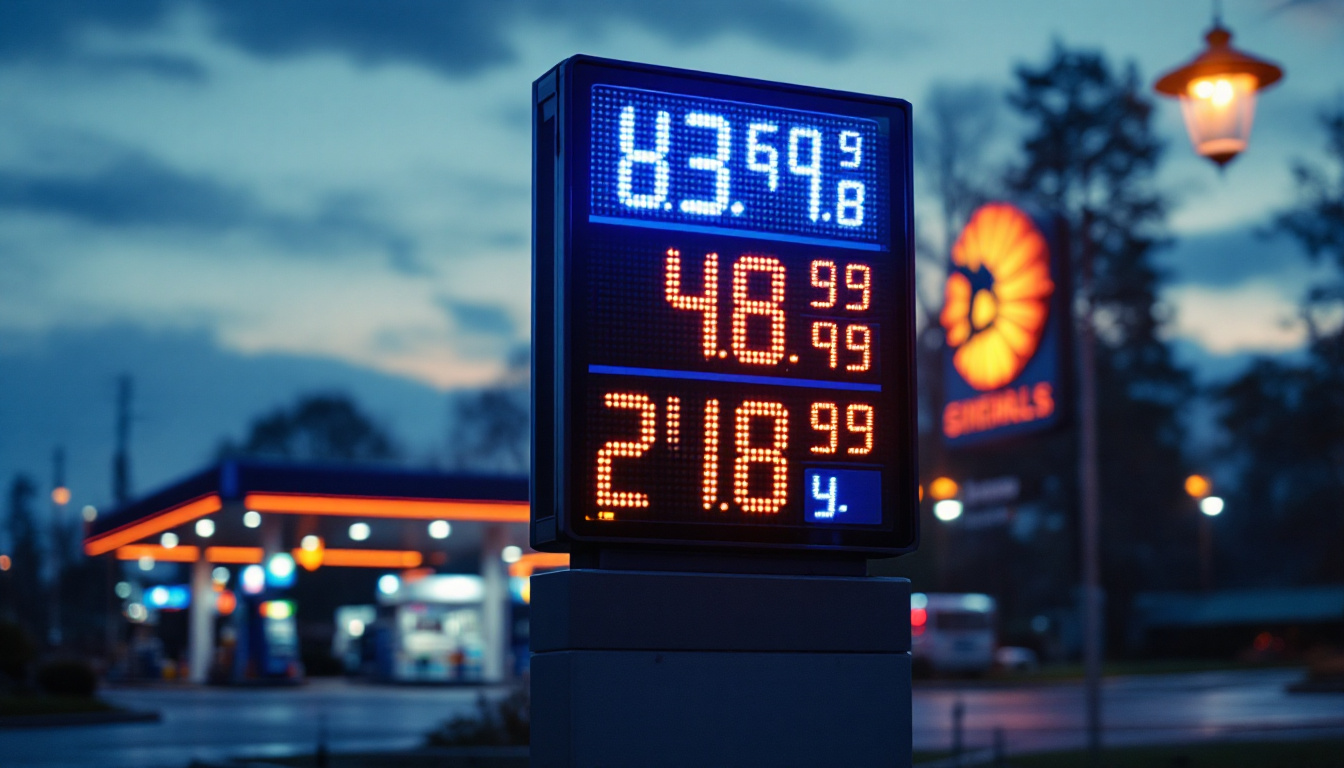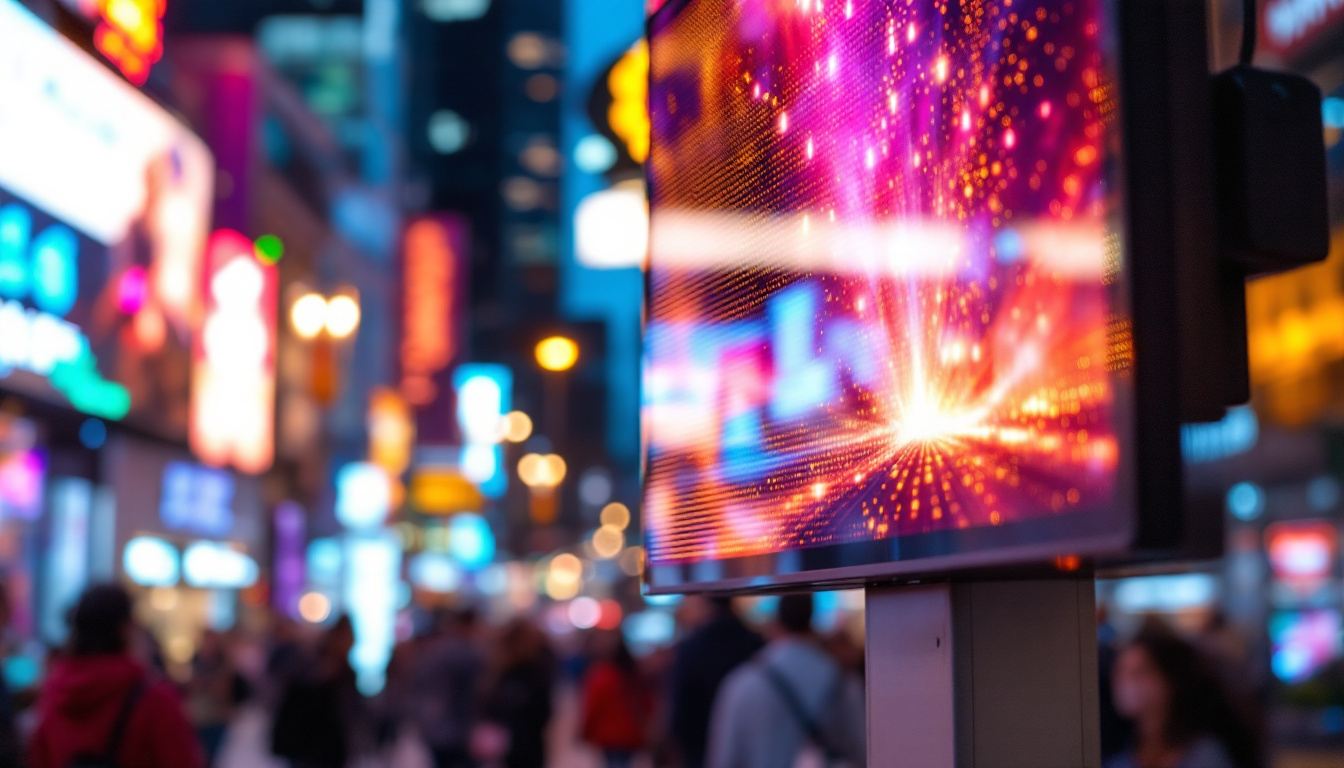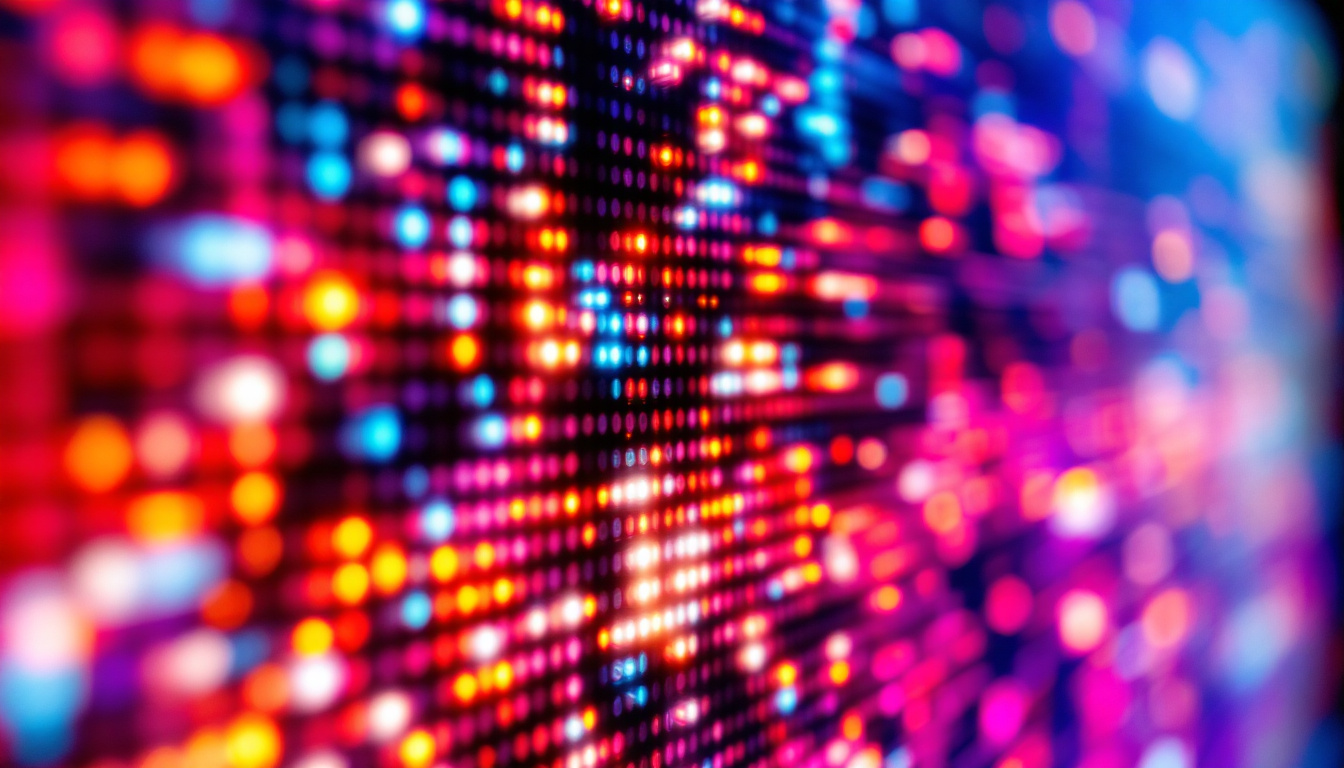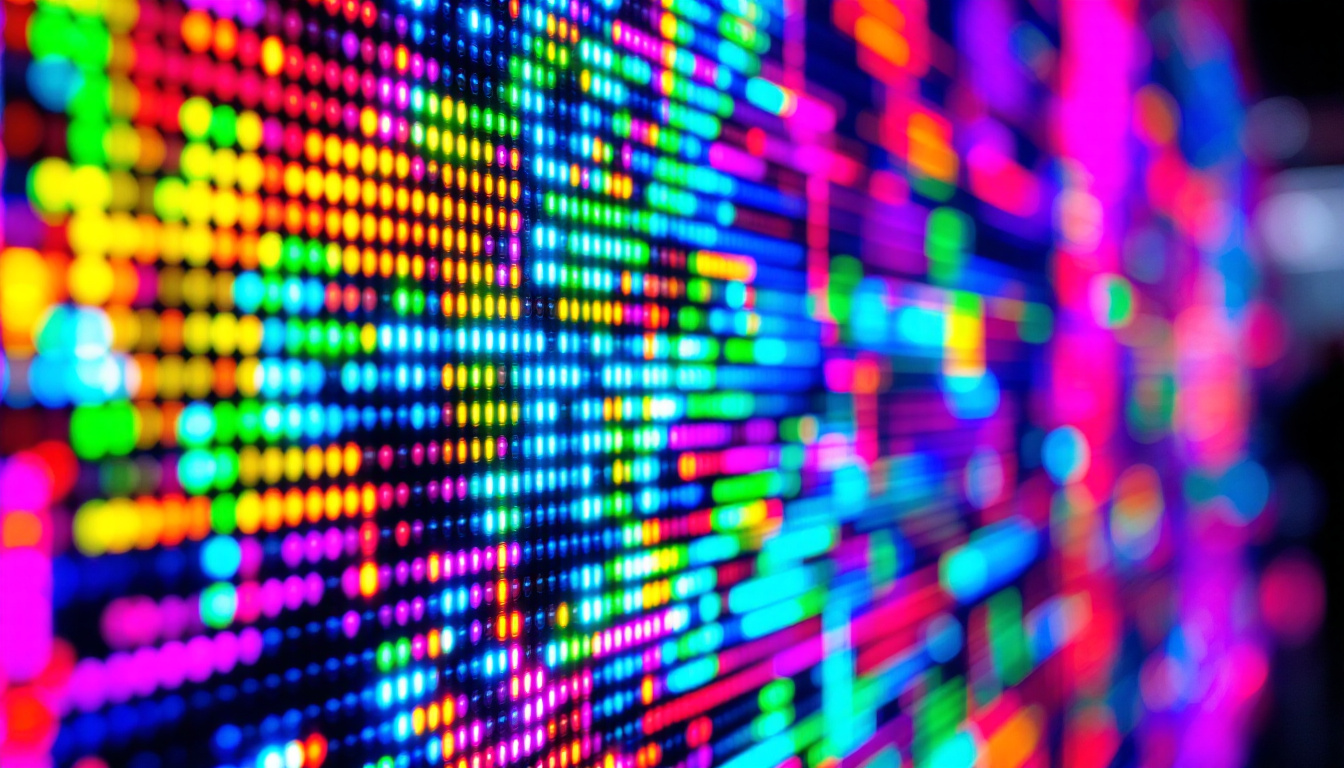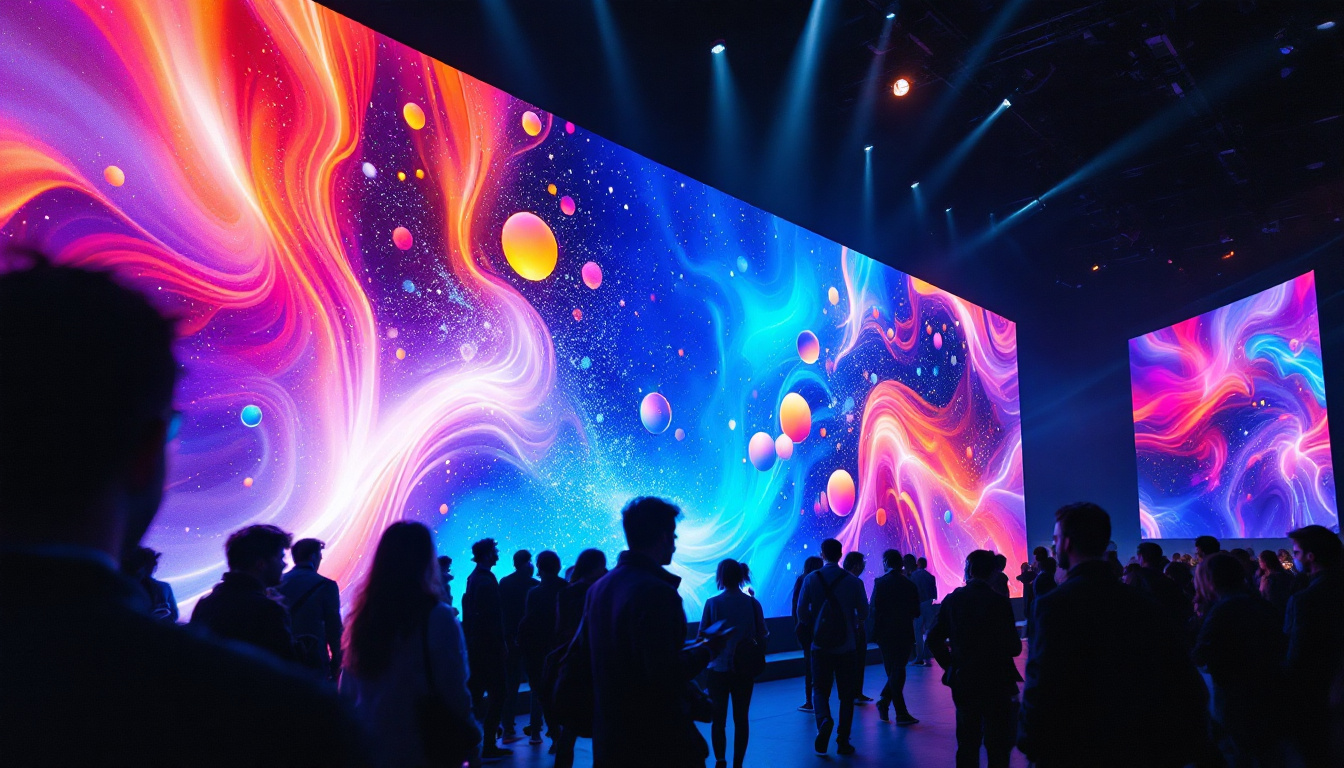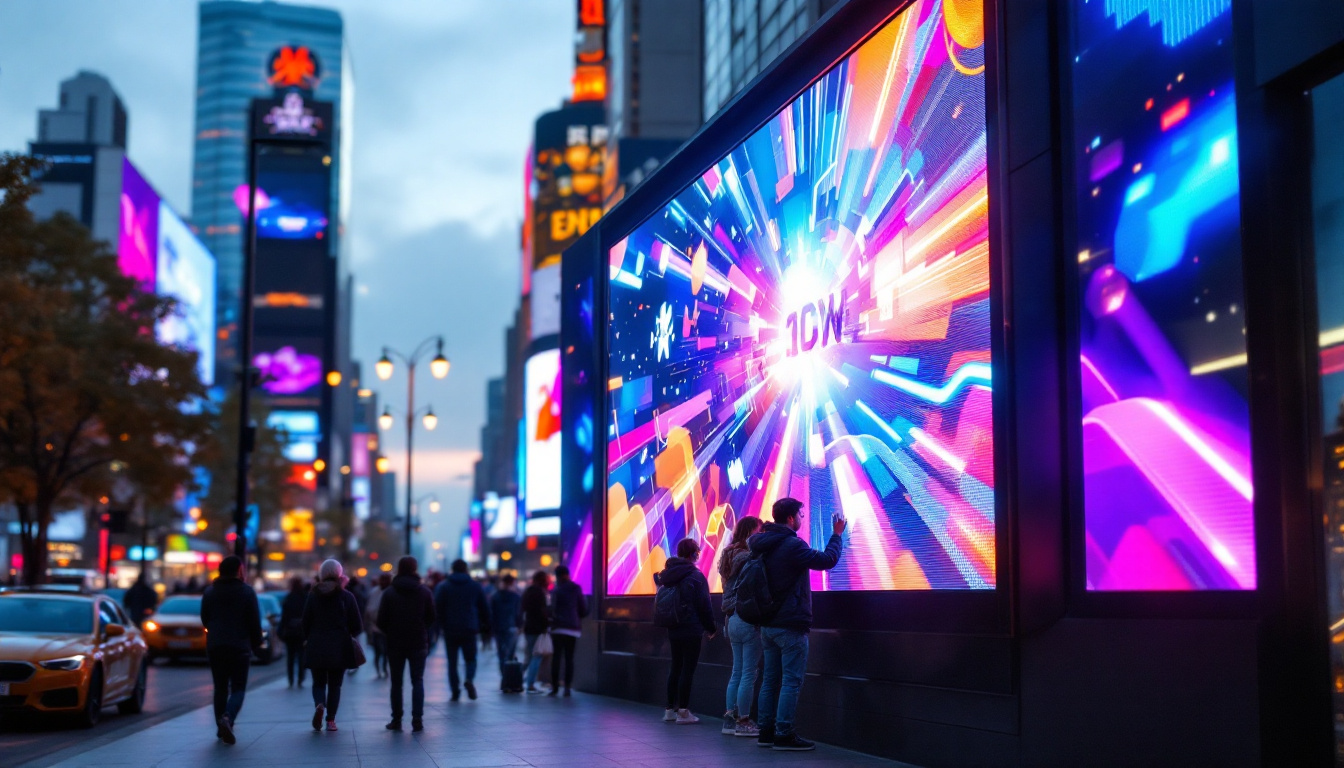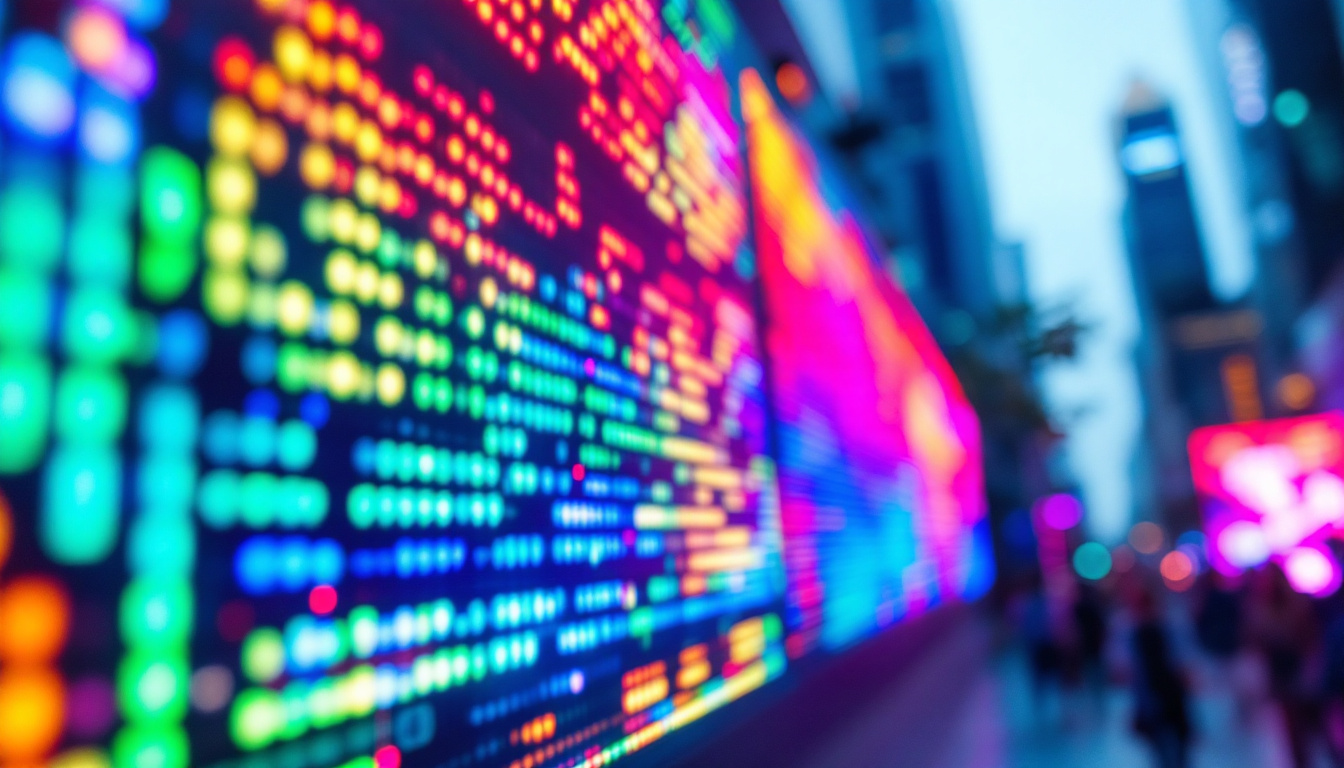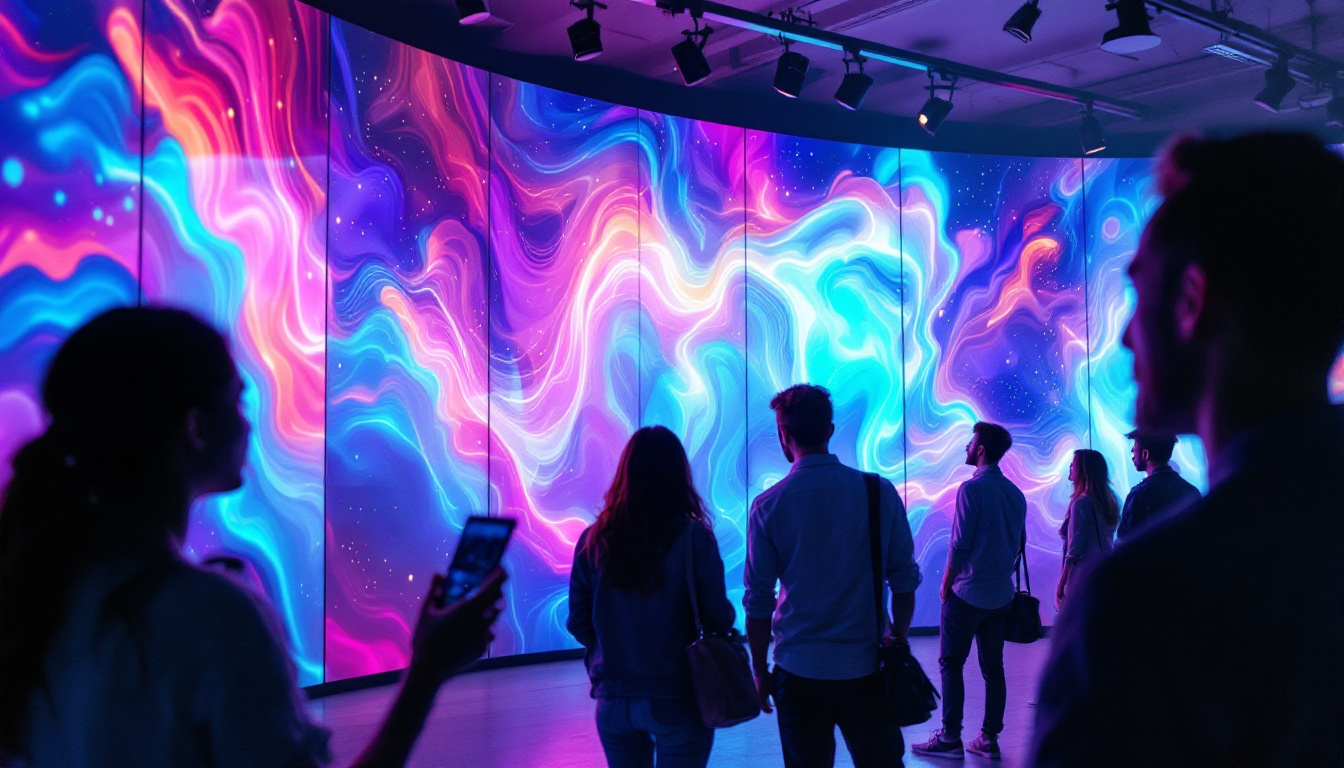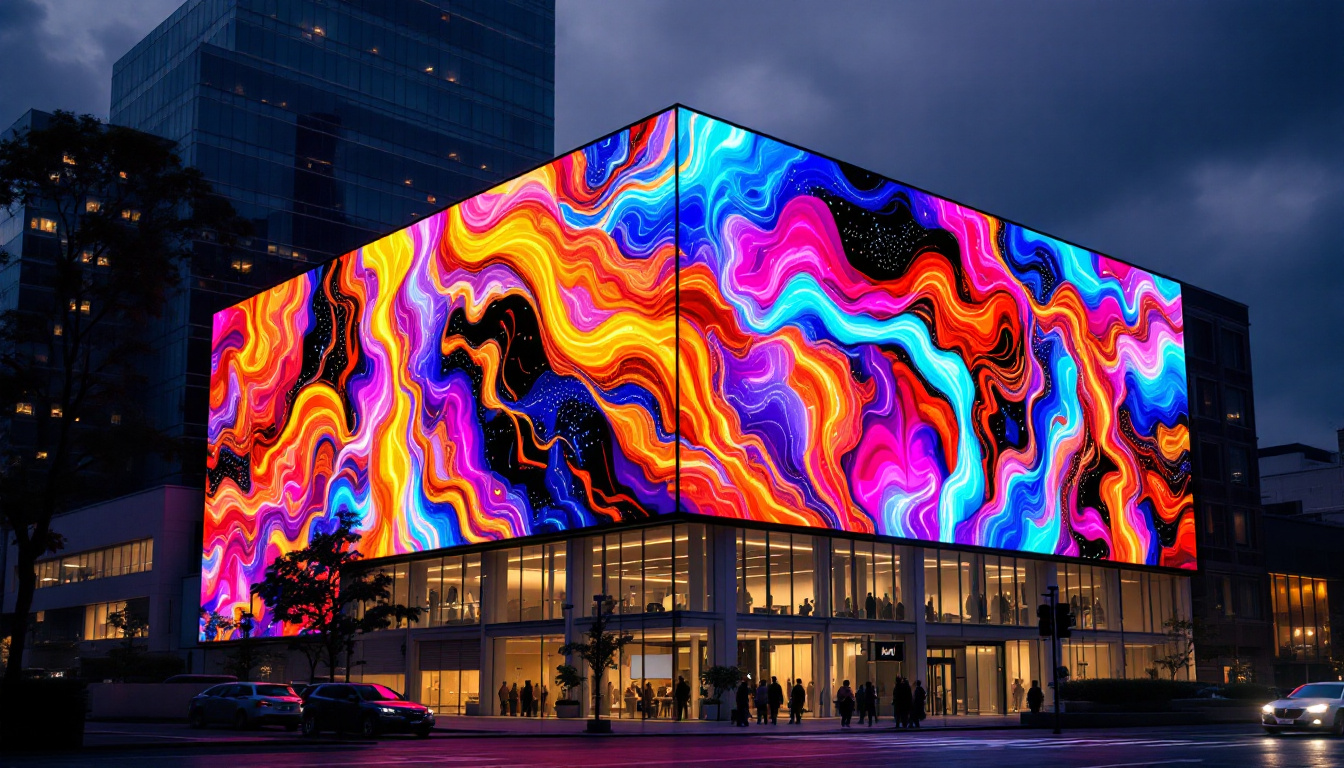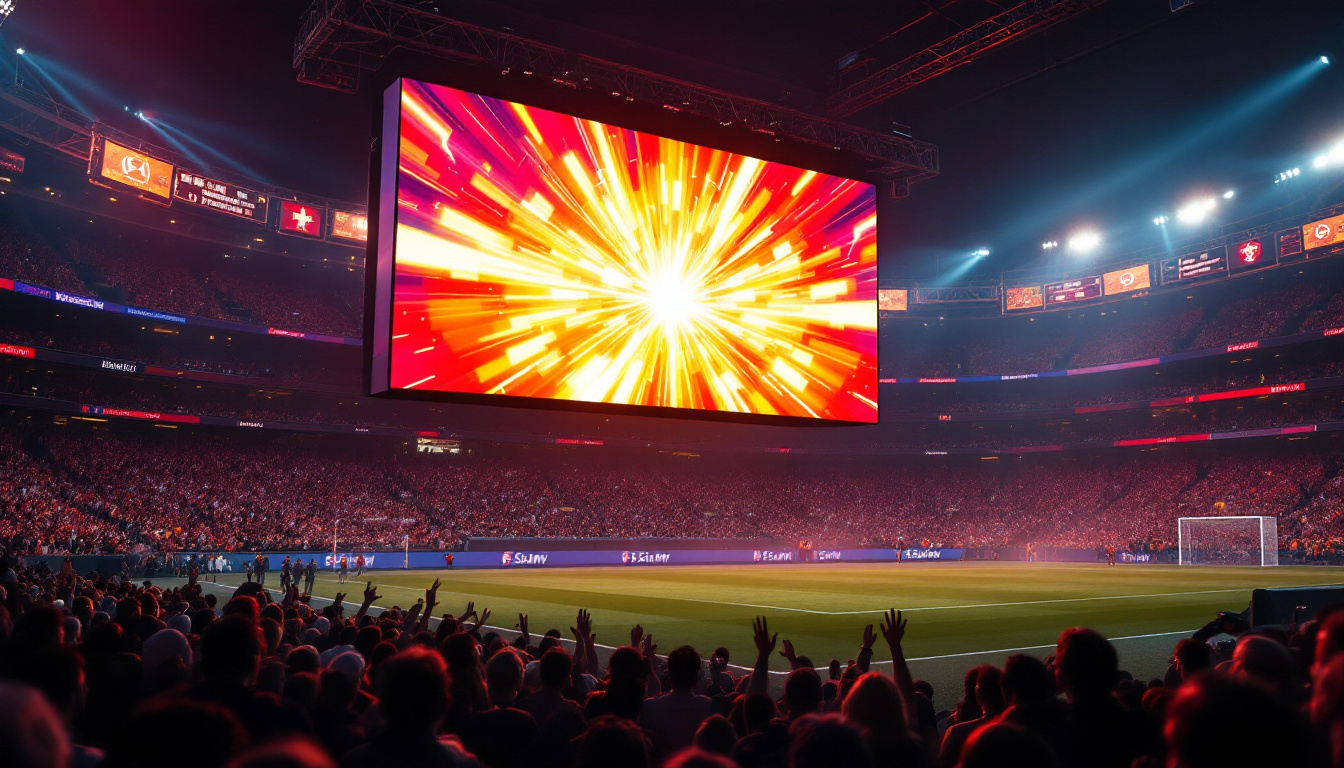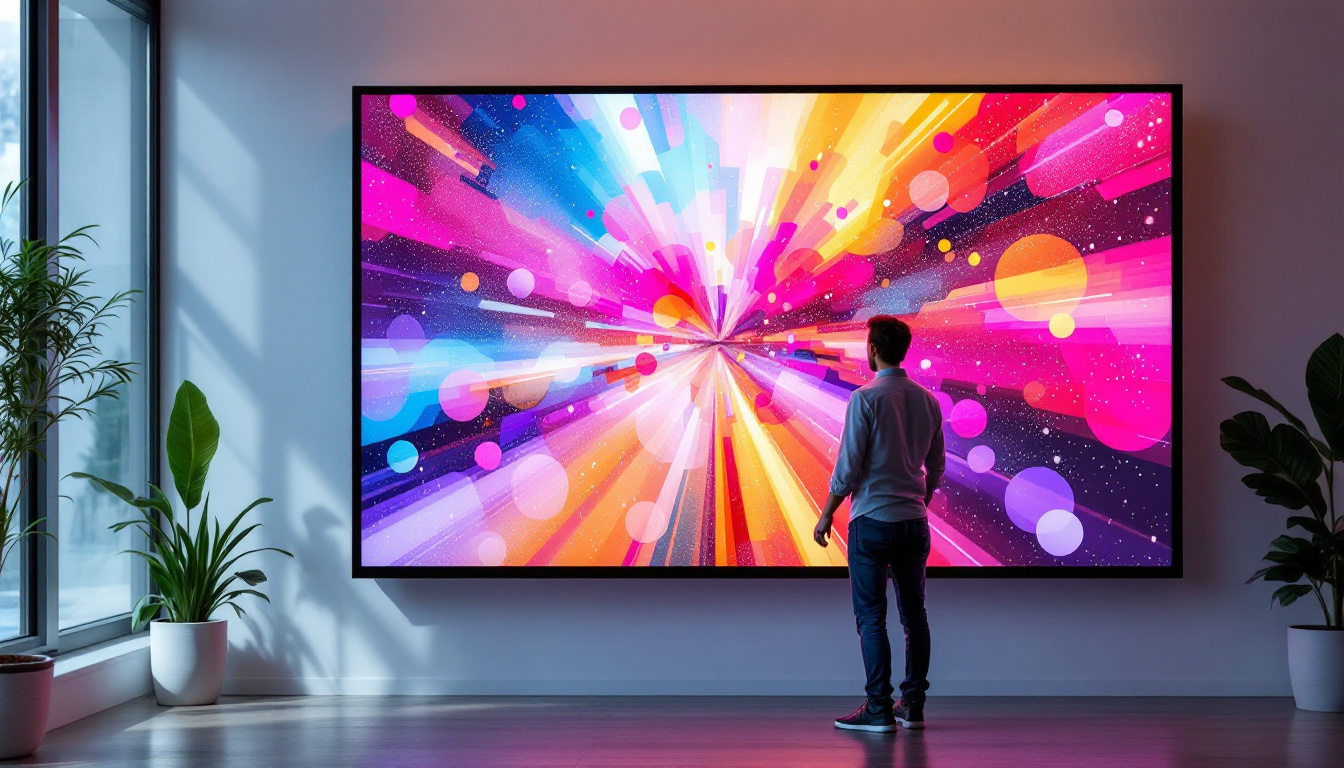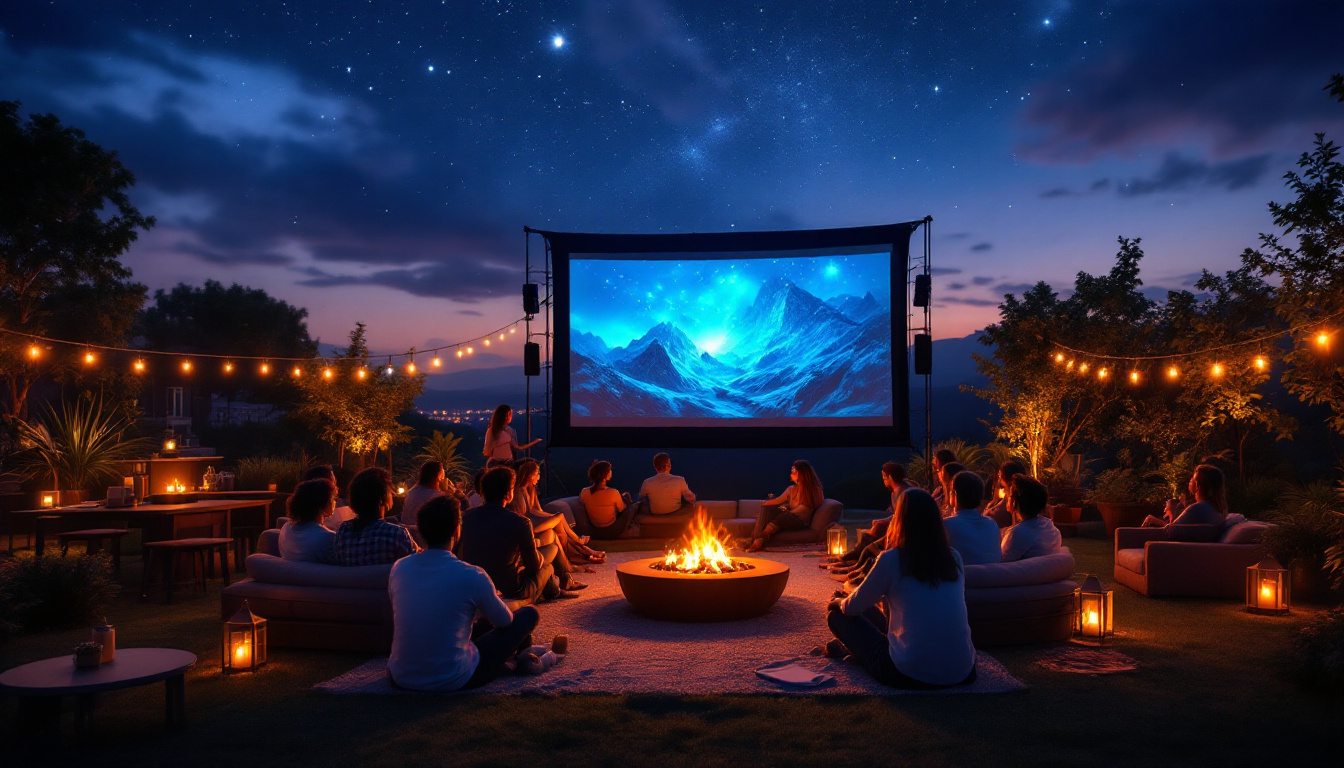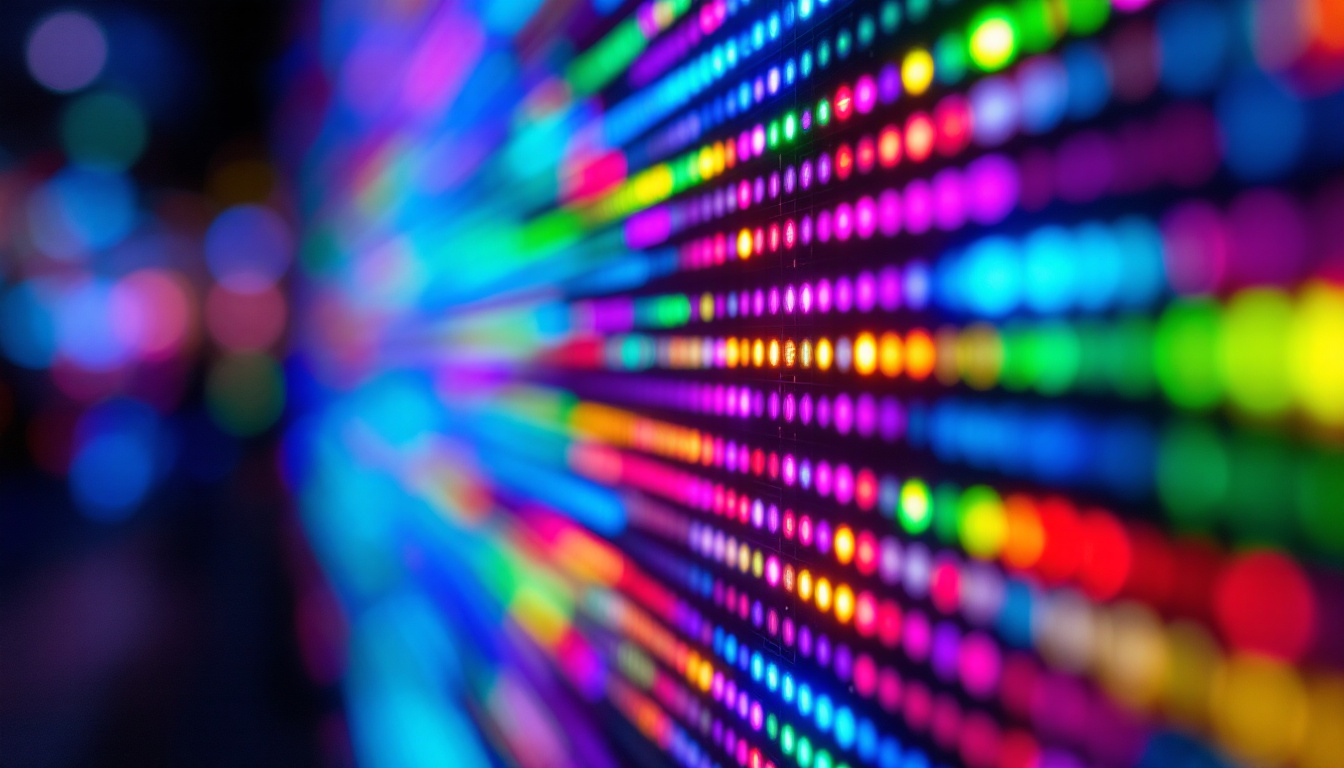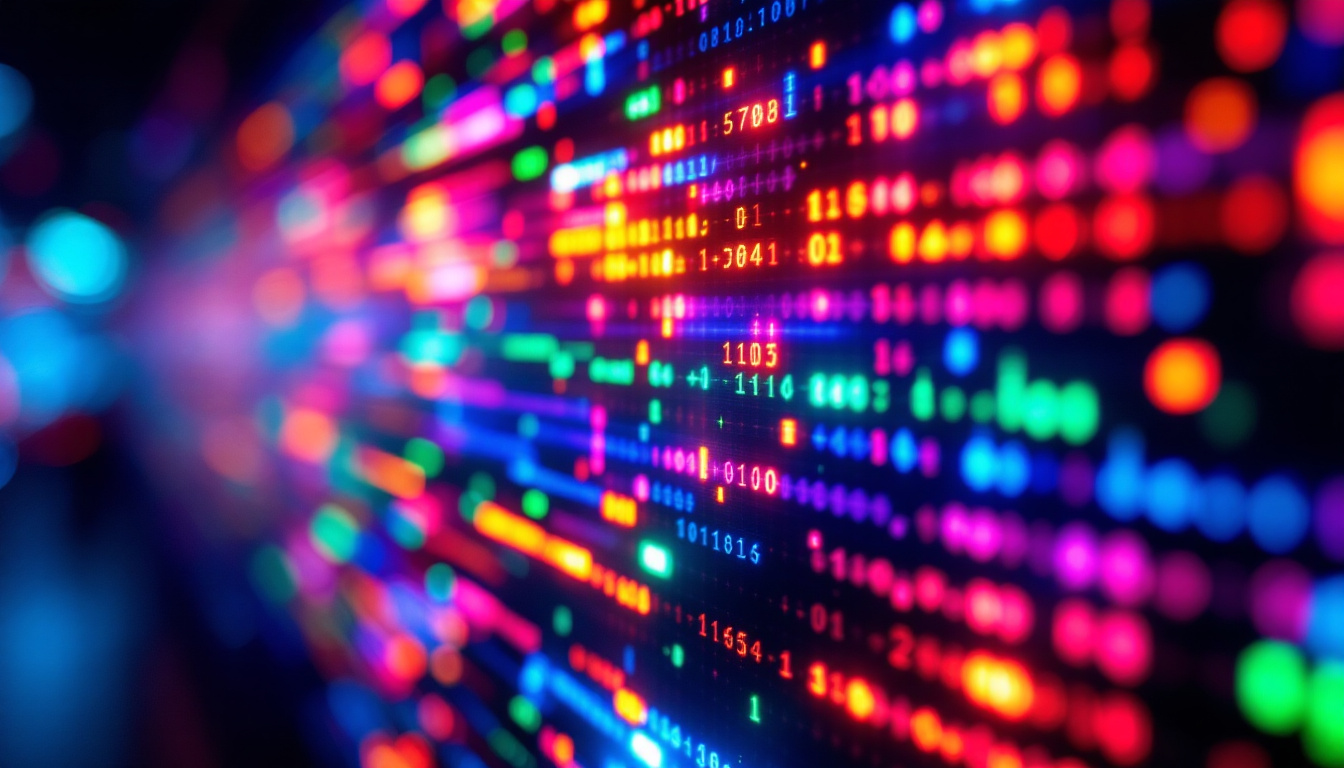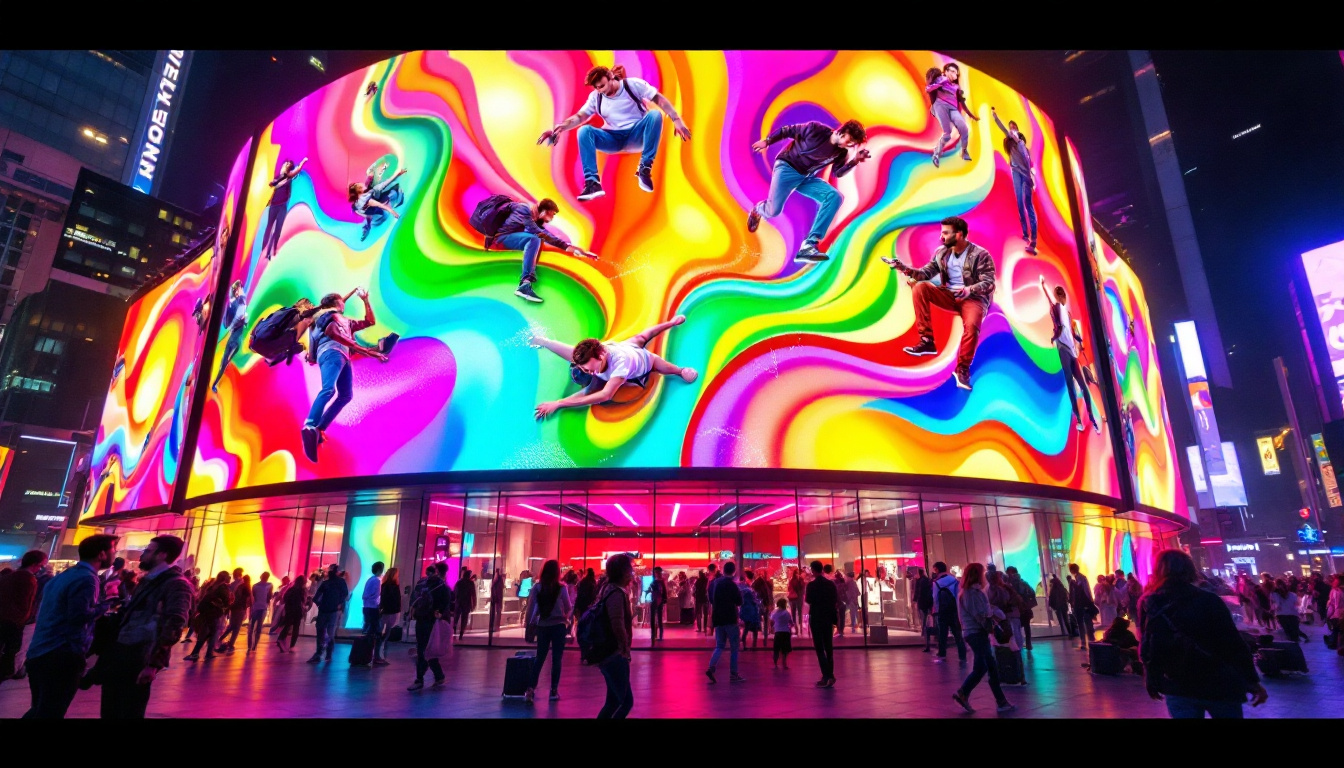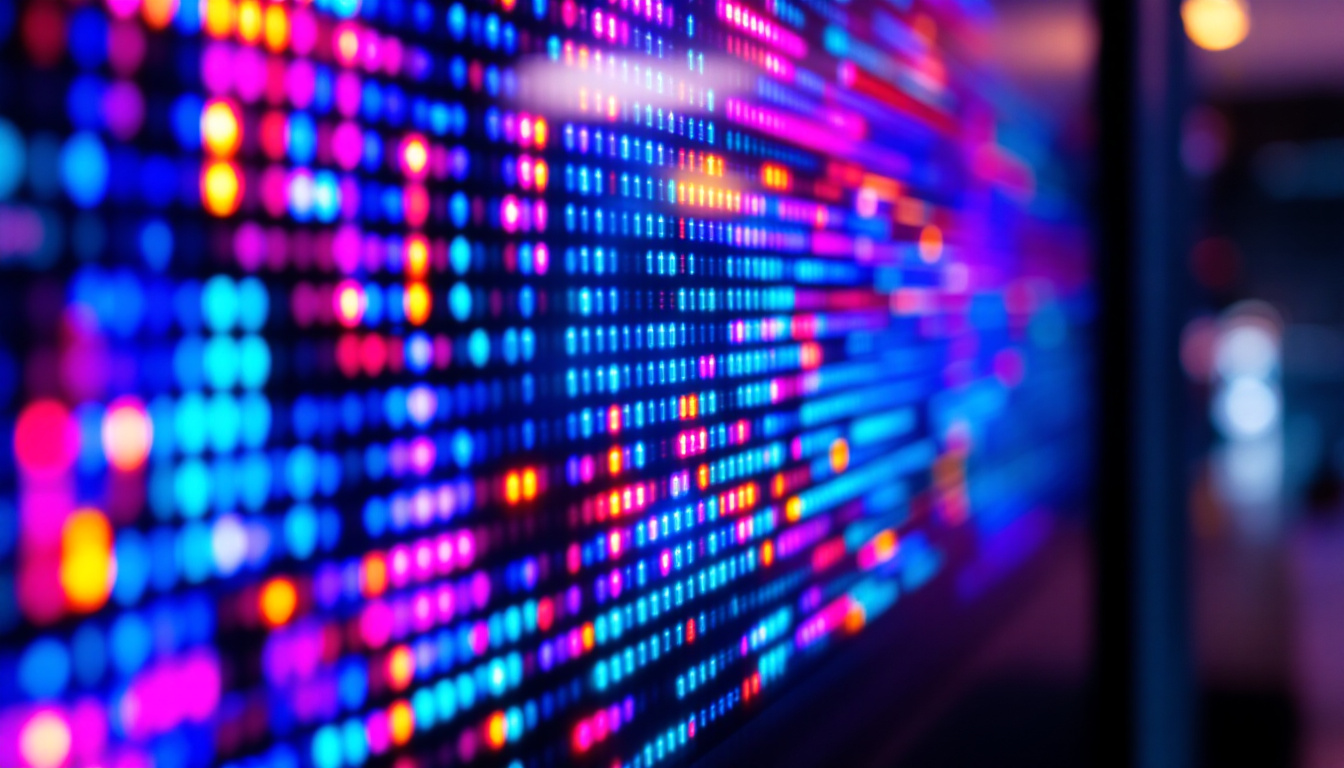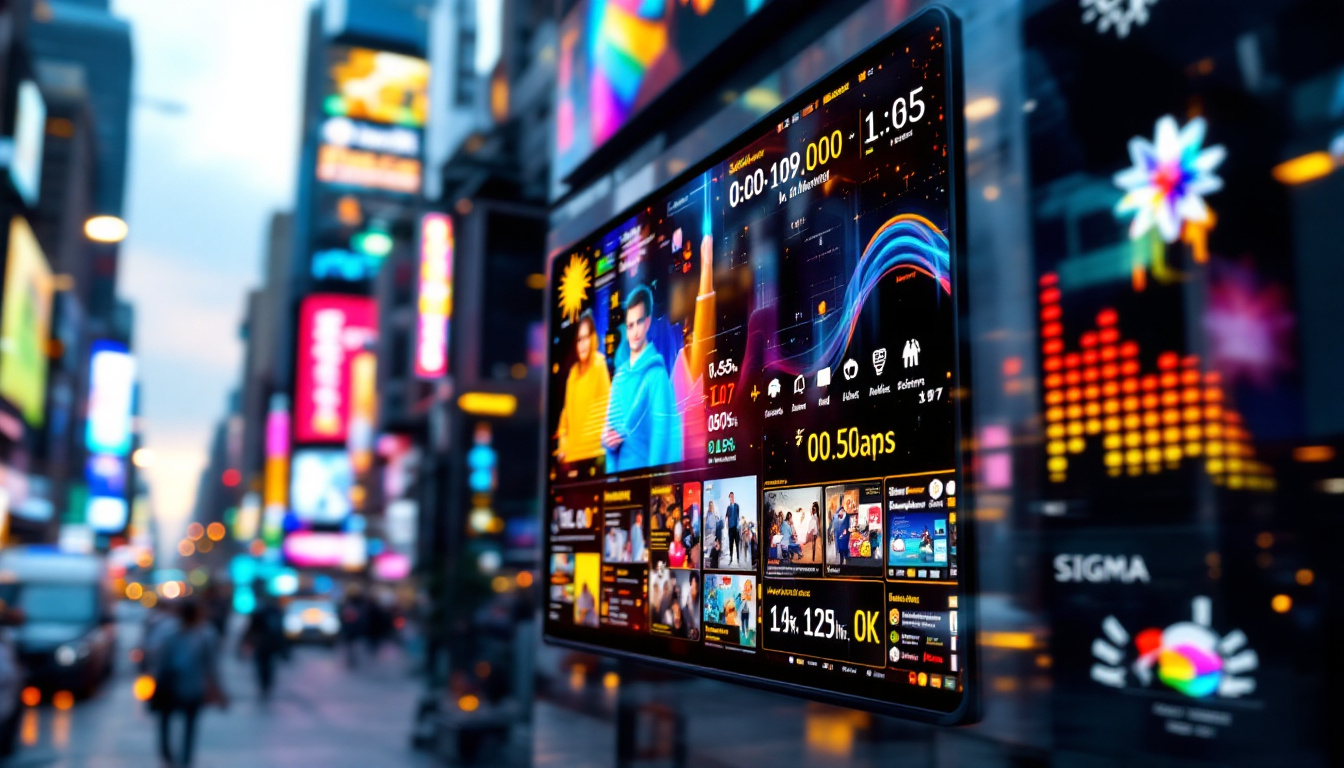Evolution IPTV Official Website: LED Display Explained
In the rapidly advancing world of technology, LED displays have emerged as a pivotal component in various industries, including broadcasting, advertising, and entertainment. The Evolution IPTV official website serves as a gateway for users to explore the multifaceted applications of LED technology. This article delves into the intricacies of LED displays, their functionality, and their significance in the realm of IPTV.
Understanding LED Technology
Light Emitting Diodes (LEDs) are semiconductor devices that emit light when an electric current passes through them. This technology has revolutionized the way displays are designed and utilized. Unlike traditional display technologies, LEDs offer several advantages, including energy efficiency, longevity, and superior brightness. As a result, they have become the go-to choice for a wide range of applications, from household lighting to large-scale advertising displays.
The Basics of LED Operation
At the core of LED technology is the principle of electroluminescence. When electrons recombine with holes in a semiconductor material, energy is released in the form of photons, which is visible light. This process allows for the creation of vibrant colors and sharp images that are essential for modern displays. The materials used in the semiconductor can be varied to produce different colors, which is why LEDs are available in a spectrum ranging from deep reds to bright blues and greens.
LED displays are composed of numerous individual diodes arranged in a matrix. These diodes can be controlled independently, enabling the display to produce a wide range of colors and brightness levels. The ability to manipulate each diode individually is what sets LED displays apart from other technologies, such as LCD or CRT. This feature not only enhances the visual experience but also allows for dynamic content, such as animations and videos, to be displayed with remarkable clarity and precision.
Types of LED Displays
LED displays come in various forms, each tailored for specific applications. The most common types include:
- Direct View LED Displays: These displays are made up of individual LED modules that can be viewed directly. They are often used in large outdoor advertising screens and stadiums, where high brightness and visibility are crucial. Their modular design also allows for easy scaling to fit different sizes and configurations.
- LED Backlit Displays: These displays use LEDs to illuminate an LCD panel from behind, enhancing brightness and contrast. They are widely used in televisions and computer monitors. The backlighting can be adjusted to improve energy efficiency and reduce eye strain, making them a popular choice for everyday use.
- Organic LED (OLED) Displays: OLED technology utilizes organic compounds to emit light, allowing for thinner and more flexible displays. They are increasingly popular in smartphones and high-end televisions. One of the standout features of OLEDs is their ability to achieve true blacks, as individual pixels can be turned off completely, resulting in stunning contrast ratios.
In addition to these common types, there are also specialized LED displays designed for niche applications. For instance, transparent LED displays are gaining traction in retail environments, allowing for eye-catching advertisements without obstructing views. Furthermore, microLED technology is emerging as a potential game-changer, promising even greater efficiency and resolution by using microscopic LEDs to create images. As the technology continues to evolve, we can expect to see even more innovative uses of LED displays across various industries, enhancing both functionality and aesthetics.
The Role of LED Displays in IPTV
IPTV, or Internet Protocol Television, has transformed the way content is delivered and consumed. LED displays play a crucial role in enhancing the viewing experience, making them indispensable in the IPTV ecosystem.
Enhanced Visual Quality
One of the most significant advantages of LED displays is their ability to deliver high-quality visuals. With superior brightness, contrast, and color accuracy, LED technology ensures that viewers enjoy a more immersive experience. This is particularly important for IPTV services that offer high-definition and 4K content.
Moreover, the fast response times of LED displays reduce motion blur, making them ideal for action-packed programming, such as sports and live events. This capability enhances viewer engagement, allowing audiences to fully appreciate the content being presented. The vivid colors and sharp details of LED displays can make a significant difference in how viewers perceive their favorite shows and movies, drawing them deeper into the narrative and emotional landscape of the content.
In addition, advancements in LED technology, such as HDR (High Dynamic Range), further elevate the visual experience by providing a broader range of colors and improved contrast ratios. This means that scenes with both bright highlights and deep shadows can be displayed with remarkable clarity, allowing viewers to see details that would otherwise be lost. As a result, IPTV services can leverage these advancements to offer a viewing experience that rivals traditional cinema, making home entertainment more appealing than ever.
Dynamic Content Delivery
LED displays are not only about static images; they excel in delivering dynamic content. IPTV providers can utilize LED technology to showcase real-time information, such as news updates, weather forecasts, and social media feeds. This interactivity keeps viewers informed and engaged, creating a more enriching viewing experience.
Furthermore, LED displays can be programmed to change content based on time, audience demographics, or trending topics. This adaptability allows IPTV services to tailor their offerings, ensuring that viewers receive relevant and timely information. For instance, during prime time, a display might feature popular shows or promotions, while during off-peak hours, it could highlight niche content that appeals to specific viewer segments.
Additionally, the integration of LED displays with smart technologies enables IPTV providers to create interactive experiences. Viewers can engage with the content through their remote controls or mobile devices, participating in polls, quizzes, or even choosing alternate camera angles during live sports events. This level of interactivity not only enhances viewer satisfaction but also fosters a sense of community among audiences, as they can share their experiences and reactions in real-time across social media platforms.
Advantages of LED Displays in Broadcasting
The broadcasting industry has significantly benefited from the integration of LED displays. Their advantages extend beyond just visual appeal; they offer practical solutions that enhance production quality and operational efficiency.
Energy Efficiency and Longevity
One of the standout features of LED technology is its energy efficiency. Compared to traditional display technologies, LEDs consume significantly less power, which translates to lower operational costs. This is particularly beneficial for broadcasting studios and large venues where displays are used for extended periods.
In addition to energy savings, LED displays boast a longer lifespan. With proper maintenance, an LED display can last up to 100,000 hours, reducing the need for frequent replacements. This longevity not only saves costs but also minimizes downtime during production.
Versatility in Application
LED displays are incredibly versatile, making them suitable for various broadcasting applications. From large-scale outdoor billboards to smaller indoor screens, the adaptability of LED technology allows it to fit seamlessly into different environments.
In broadcasting studios, LED walls can be used as backdrops for news anchors or as dynamic sets for live shows. Their ability to display high-quality graphics and video content enhances the overall production value, making broadcasts more visually appealing.
Challenges and Considerations
While LED displays offer numerous advantages, there are also challenges and considerations that need to be addressed. Understanding these factors is crucial for making informed decisions regarding their implementation in IPTV and broadcasting.
Cost Implications
One of the primary challenges associated with LED displays is the initial cost. Although prices have decreased over the years, high-quality LED displays can still require a significant investment. This can be a barrier for smaller IPTV providers or broadcasting stations with limited budgets.
However, it is essential to consider the long-term benefits of LED technology, including energy savings and reduced maintenance costs. For many organizations, the initial investment can be justified by the enhanced viewing experience and operational efficiencies that LED displays provide.
Installation and Maintenance
Another consideration is the installation and maintenance of LED displays. Proper installation is crucial to ensure optimal performance and longevity. This often requires specialized knowledge and expertise, which can add to the overall cost.
Additionally, while LED displays are generally low-maintenance, they do require periodic cleaning and servicing to maintain their performance. Organizations must be prepared to allocate resources for ongoing maintenance to ensure that the displays remain in optimal condition.
The Future of LED Displays in IPTV
The future of LED displays in the IPTV landscape looks promising, with ongoing advancements in technology and increasing demand for high-quality content. As the industry evolves, several trends are likely to shape the future of LED displays.
Integration with Emerging Technologies
As IPTV continues to embrace new technologies, the integration of LED displays with advancements such as augmented reality (AR) and virtual reality (VR) is on the horizon. This integration could lead to entirely new viewing experiences, where audiences can interact with content in real-time.
For instance, AR technology can overlay digital information onto the physical world, enhancing the way viewers engage with broadcasts. LED displays will play a crucial role in delivering these immersive experiences, making them an essential component of future IPTV services.
Advancements in Display Quality
Continuous improvements in LED technology are expected to enhance display quality even further. Innovations such as MicroLED and MiniLED are paving the way for displays that offer even greater brightness, contrast, and color accuracy.
These advancements will not only improve the viewing experience for consumers but also provide IPTV providers with new opportunities to deliver high-quality content. As technology progresses, the gap between traditional broadcasting and digital streaming will continue to narrow, creating a more unified media landscape.
Conclusion
LED displays have become a cornerstone of modern broadcasting and IPTV services, offering a myriad of benefits that enhance the viewing experience. From superior visual quality to dynamic content delivery, the advantages of LED technology are undeniable.
As the industry continues to evolve, it is crucial for IPTV providers and broadcasters to stay informed about the latest advancements in LED technology. By embracing these innovations, organizations can ensure they remain competitive in an ever-changing media landscape.
In summary, the Evolution IPTV official website serves as an essential resource for understanding the role of LED displays in the IPTV ecosystem. By leveraging the power of LED technology, providers can create engaging, high-quality content that captivates audiences and drives viewer satisfaction.
Discover LumenMatrix LED Display Solutions
Ready to elevate your IPTV service or broadcasting capabilities with the latest in LED display technology? Look no further than LumenMatrix, your partner in creating visually stunning experiences. From vibrant Indoor and Outdoor LED Wall Displays to innovative solutions like Vehicle LED Displays and LED Transparent Displays, LumenMatrix offers a comprehensive range of products designed to captivate your audience. Embrace the future of visual communication and make your message resonate with clarity and impact. Check out LumenMatrix LED Display Solutions today and transform the way you engage with viewers.

